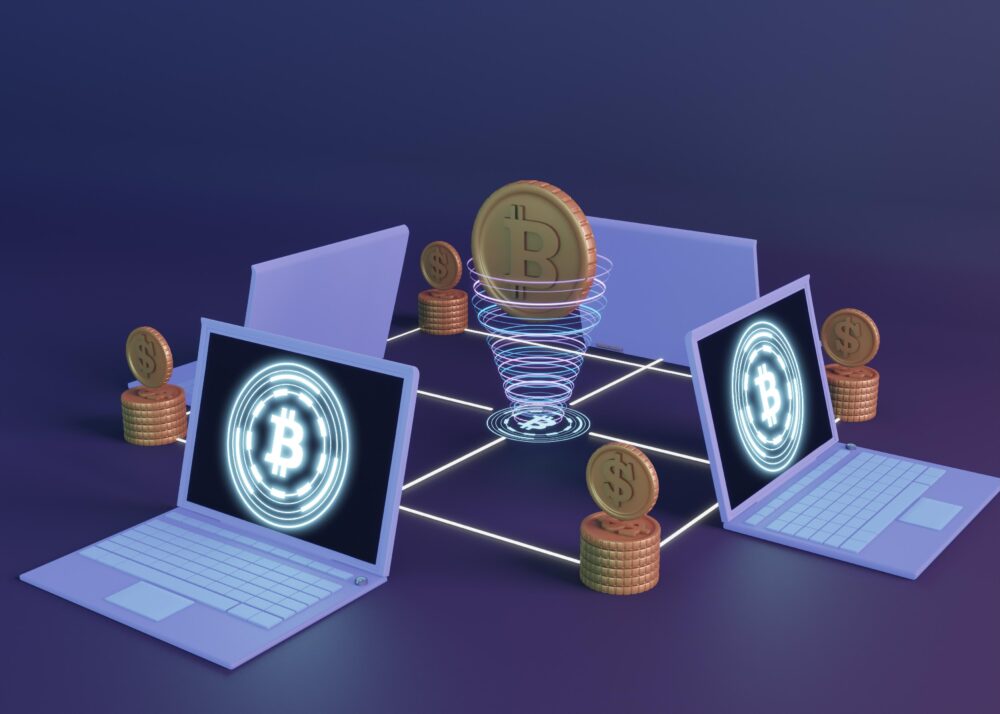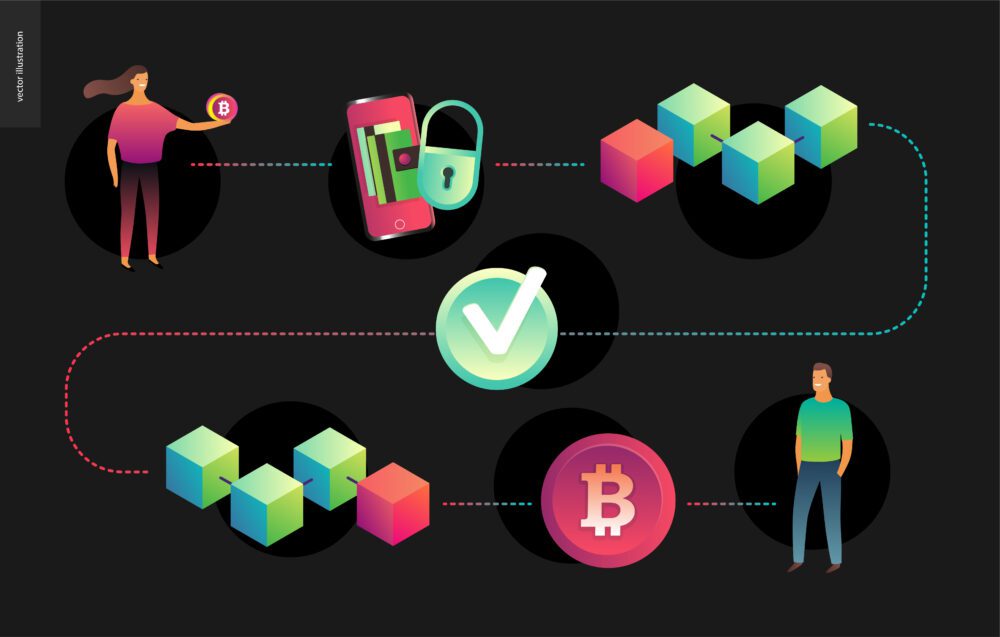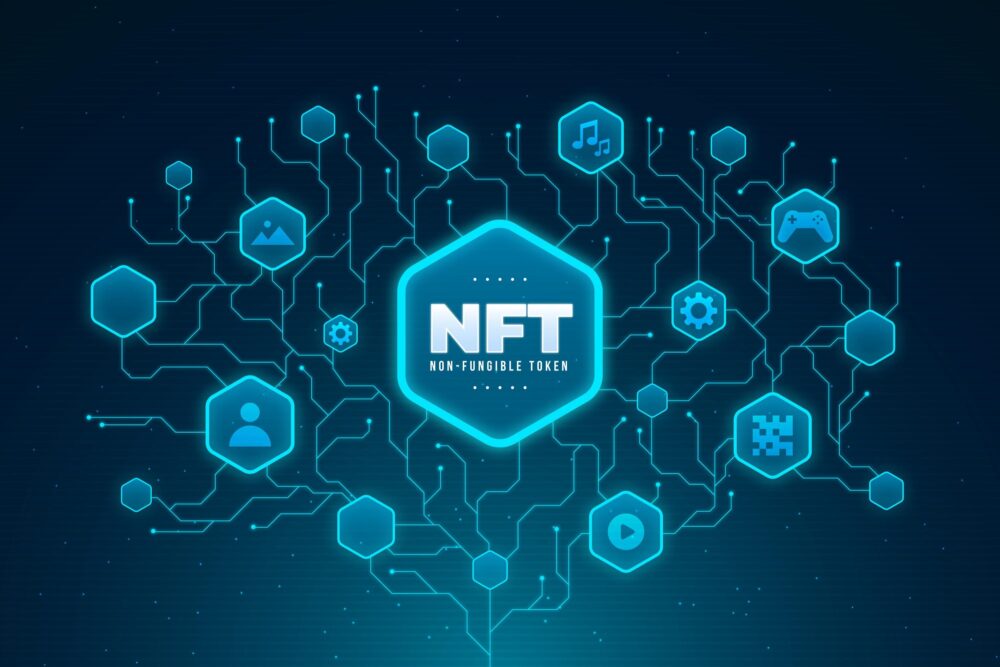What exactly is Bitcoin? How does it function, and why is it considered a groundbreaking innovation in the financial world? This blog aims to demystify Bitcoin, delving into its core principles, unique architecture, and diverse applications. Whether you’re a seasoned financial expert or a curious enthusiast, this comprehensive guide will provide insights into the world of Bitcoin, unveiling its potential to transform personal finance management and beyond.
From its inception in 2009 by the mysterious entity known as Satoshi Nakamoto, Bitcoin has captured the imagination and interest of technologists, economists, and the general public alike. Its underlying technology, blockchain, has become a buzzword, heralding a new era of transparency, security, and decentralization.
In the complex intersection of finance and technology, Bitcoin presents itself as a subject of intrigue and debate. Neither fully embraced by traditional financial systems nor entirely alien to digital innovators, it occupies a unique space in our contemporary world. As a digital asset, Bitcoin neither advocates for a financial revolution nor stands as a mere trend; it represents a nuanced development in the way we approach currency, data management, and online transactions.
Let’s delve into its underlying technology, its potential applications, and its place in the broader financial ecosystem. From its technical architecture to its societal implications.
Bitcoin Beyond the Bounds of Currency
Definition of Bitcoin as a Public and Distributed Data Management System
Bitcoin’s decentralized nature sets it apart from traditional currencies. It operates on a peer-to-peer network, where transactions are verified by network nodes through cryptography and recorded on a public ledger called a blockchain. This system eliminates the need for central banks or single administrators, allowing for more transparent and democratic financial interactions. It’s a revolutionary approach that has the potential to redefine how we think about money and finance.
Blockchain Technology Building Trust Through Transparency
Blockchain technology is the backbone of Bitcoin. It’s a distributed ledger that records all transactions across a network of computers. This ensures that the information is not controlled by any single entity and is transparent to all users. The data on the blockchain is immutable, meaning it cannot be altered, providing a secure and trustworthy record of transactions. This technology has far-reaching applications beyond Bitcoin, including supply chain management, healthcare, and more.
Monetizing the Digital World: Bitcoin as a Monetary Token
Bitcoin’s role in monetizing the digital world is transformative. It allows for the creation of new financial products and services that leverage digital assets. From tokenizing real-world assets to enabling decentralized finance (DeFi), Bitcoin has opened up new avenues for innovation and growth. It’s a shift that has the potential to democratize finance, making it more accessible and efficient for everyone.
A Fortress of Security: Immutability and Distributed Server Model
Bitcoin’s immutability is a critical feature that ensures the integrity of data. Once a transaction is recorded on the blockchain, it cannot be altered or deleted. This provides a high level of security and trust in the system, protecting against fraud and manipulation. It’s a fundamental difference that sets Bitcoin apart from traditional financial systems and is a key reason for its growing adoption.
The Distributed Server Model: Redefining Resilience
The distributed nature of Bitcoin’s network ensures that there is no single point of failure. Data is stored across multiple nodes, creating a resilient system that can withstand attacks and failures. This decentralized approach provides a level of security and reliability that is unparalleled in traditional financial systems. It’s a model that has the potential to redefine how we think about security in the digital age.
Interoperability: Bridging the Technological Divide

The IoT Connection: A Seamless Integration Bitcoin’s focus on interoperability has allowed it to integrate with various technologies, including the Internet of Things (IoT). This enables devices and platforms to communicate and transact with each other, creating a unified and efficient financial ecosystem. It’s a significant advancement that has the potential to revolutionize how we interact with technology and manage our finances.
Bitcoin’s focus on interoperability has allowed it to integrate with various technologies, including the Internet of Things (IoT). But how does this integration work?
Smart Contracts: Through the use of smart contracts, Bitcoin enables automated agreements that execute themselves when certain conditions are met. This automation can be applied to IoT devices, allowing them to interact and transact without human intervention.
Decentralized Architecture: Bitcoin’s decentralized nature aligns with the distributed nature of IoT. Devices can communicate directly with each other without a central authority, enhancing efficiency and reducing potential points of failure.
Security Protocols: Bitcoin’s robust security protocols can be applied to IoT, ensuring secure data transmission and authentication. This adds a layer of trust and integrity to the interactions between devices.
Microtransactions: Microtransactions are small financial transactions that are typically less than $1. They are often used in online games, where players can purchase in-game items or currency with real money. Microtransactions are also becoming increasingly popular in the Internet of Things (IoT), where devices can make frequent, small payments to each other.
Standardization: By providing a standardized protocol for transactions, Bitcoin ensures that different devices and platforms can interact seamlessly. This standardization is key to creating a unified and efficient financial ecosystem across various technologies.
Scalability: Bitcoin’s network is designed to handle a large volume of transactions, making it suitable for the vast number of interactions that can occur within an IoT ecosystem.
Transparency: The transparent nature of Bitcoin’s blockchain allows for clear and verifiable records of all transactions. This transparency can be applied to IoT, providing a clear audit trail and enhancing trust in the system.
This integration between Bitcoin and IoT creates a unified and efficient financial ecosystem, enabling devices and platforms to communicate and transact with each other seamlessly. It’s a significant advancement that leverages the strengths of both technologies, revolutionizing how we interact with technology and manage our finances.
The Bitcoin Revolution
Bitcoin is more than just a digital currency; it’s a technological revolution that has the potential to redefine our financial landscape. Its unique features, such as decentralization, immutability, and interoperability, offer unprecedented opportunities for financial growth and innovation. It’s a system that empowers individuals and businesses, providing a more democratic and transparent way to manage finances. The Bitcoin revolution is just beginning, and its impact will likely be felt across various sectors for years to come.
By delving into the multifaceted nature of Bitcoin, this blog aims to provide a comprehensive understanding of its potential and significance. From its innovative technology to its transformative impact on the financial world, Bitcoin represents a new frontier in digital finance. It’s a subject that continues to evolve and offers endless possibilities for exploration and growth. Whether you’re a seasoned investor or just curious about the world of cryptocurrency, understanding Bitcoin is essential to navigating the ever-changing landscape of the digital economy.








